It’s Not Easy Finding a Place to Go on Fulton Street
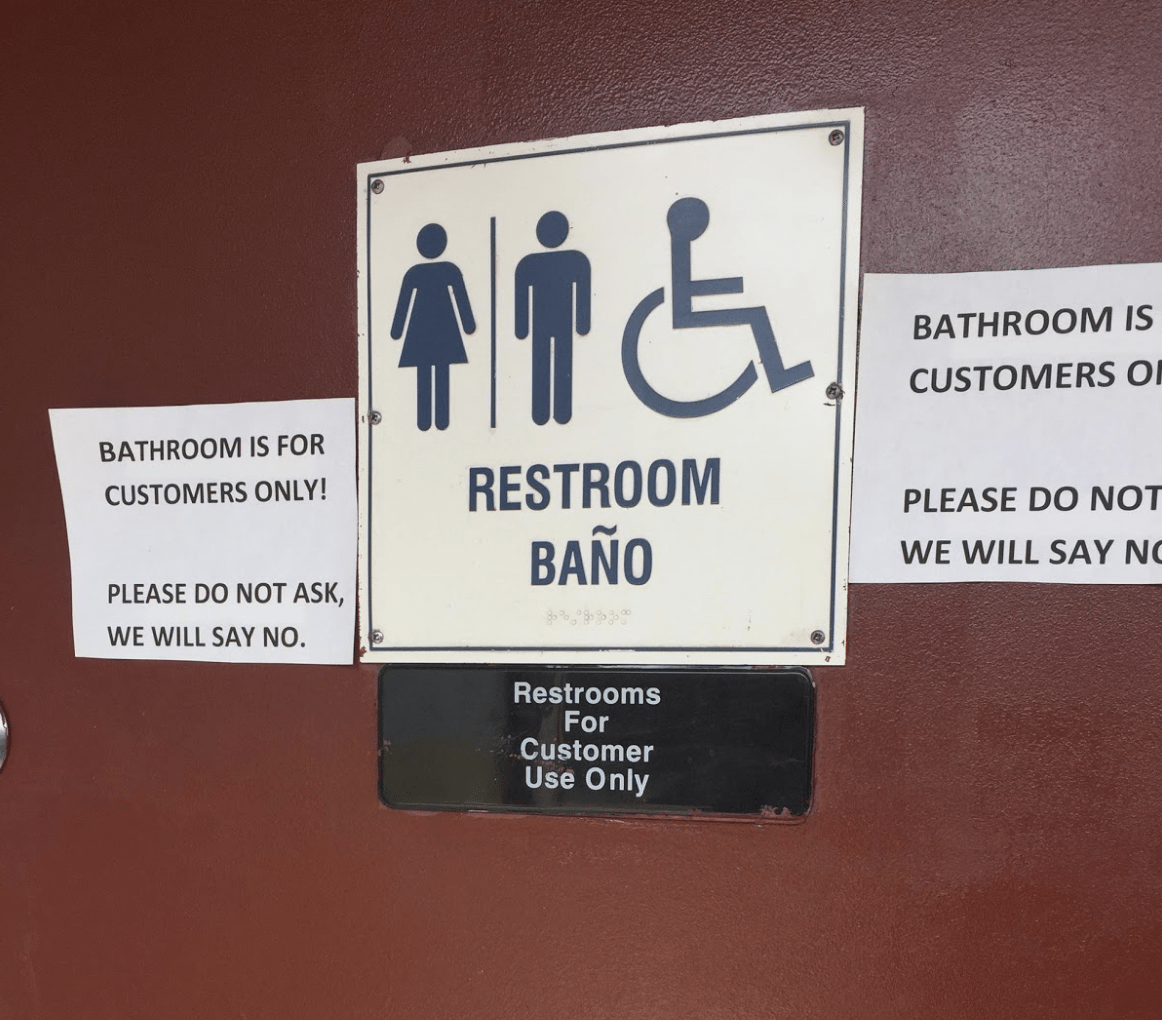
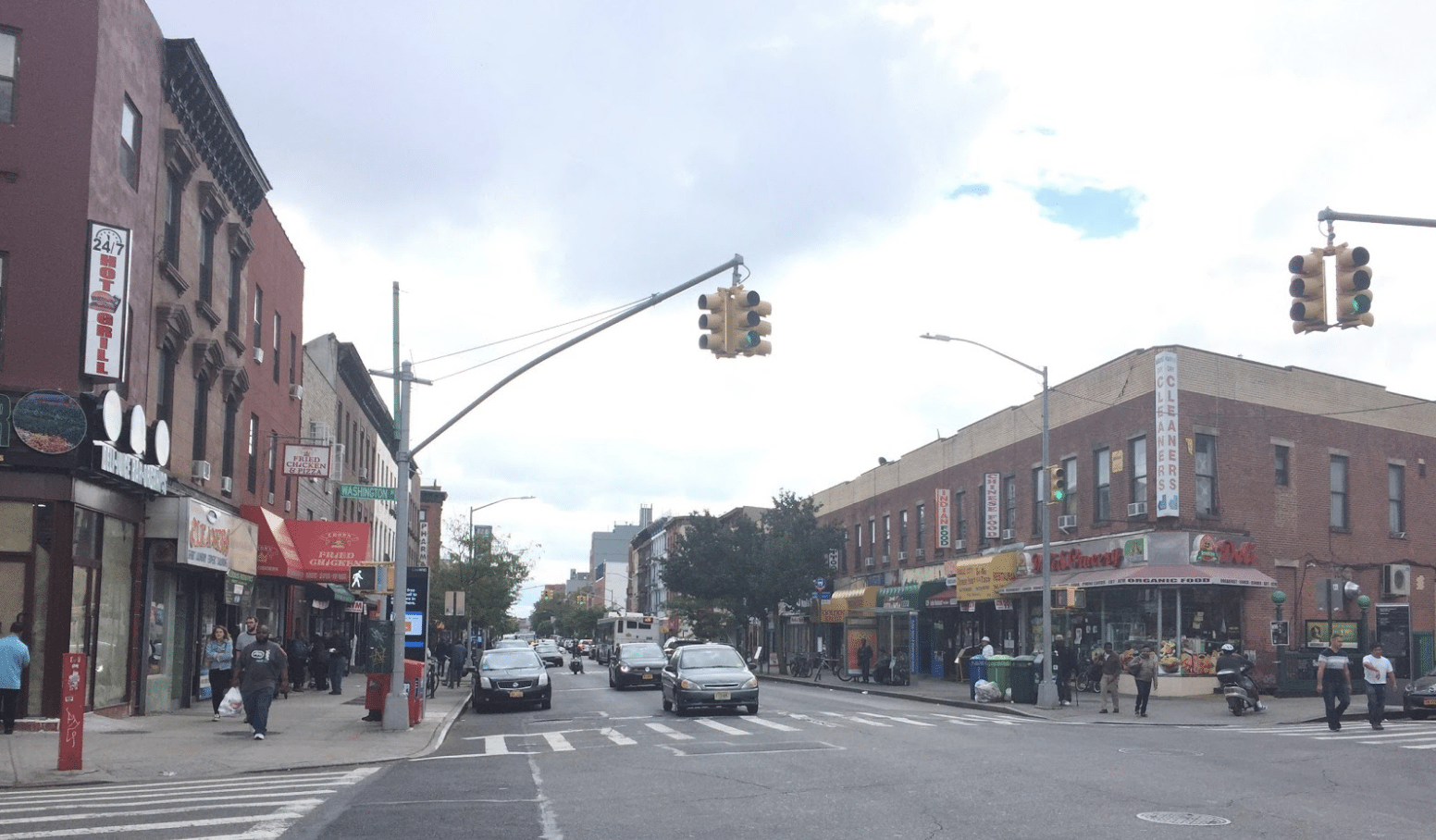
FORT GREENE – Walking down Fulton Street between Washington Avenue and Grand Avenue, Yvonne Smith can find a bar, a deli, a supermarket, a laundromat, a methadone clinic and even a veterinarian. The only thing the recently homeless 62-years-old woman won’t find is a public bathroom.
“This is a business street,” Smith said. “There’s a 24-hour deli, a 24-hour bodega, how come they don’t have a place where people can use the bathroom?”
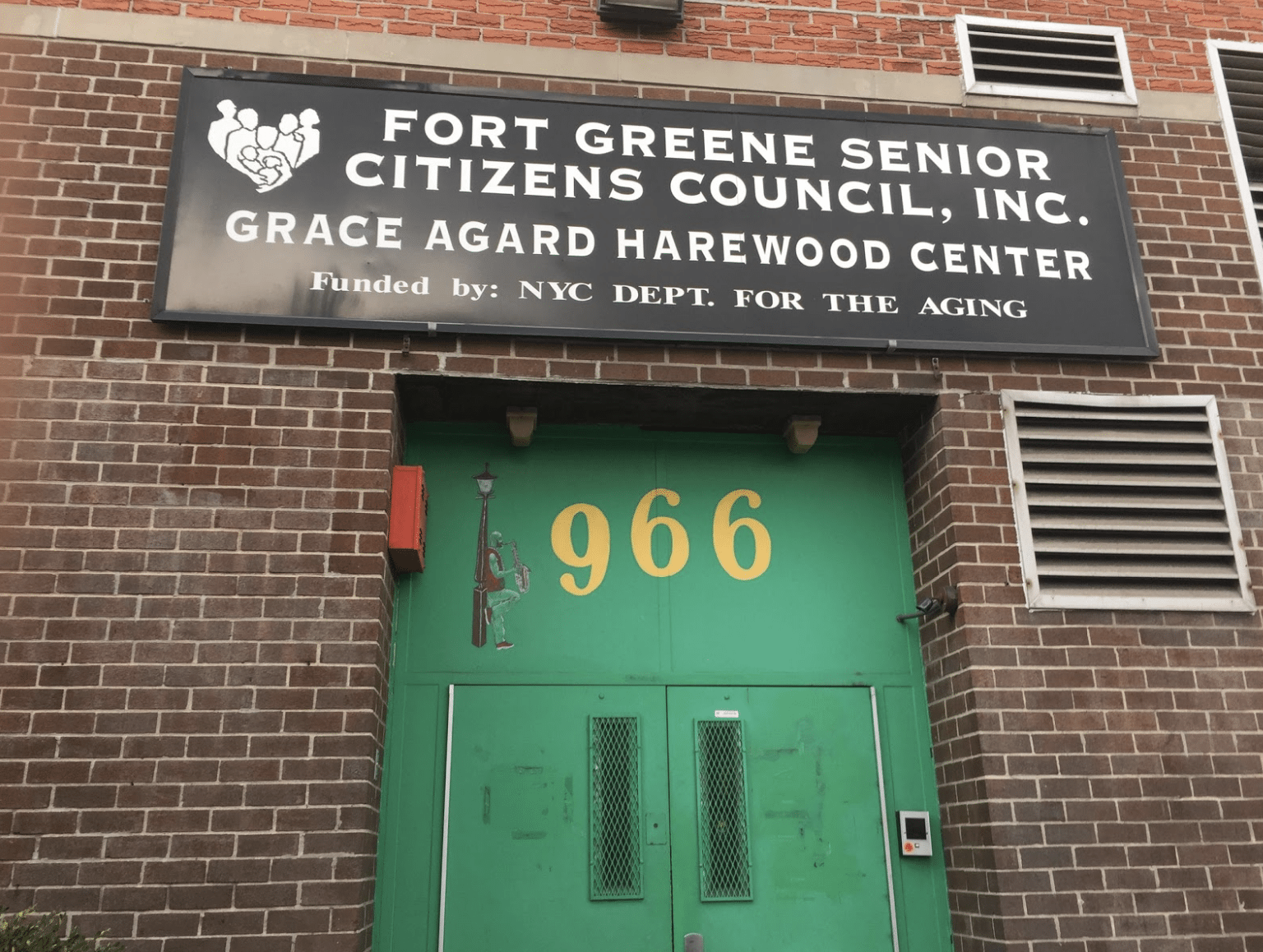
Smith is one of 3,892 homeless individuals living on the streets of New York City. She can use the Fort Greene Senior center’s bathroom when it is open. However, sometimes at night or during the weekend, when the center is closed, she has to ask establishments like Key Food or the 24-hour Clean Rite Laundromat for access to their bathrooms. She said that depending on the employee that is on the shift, she may be denied access.
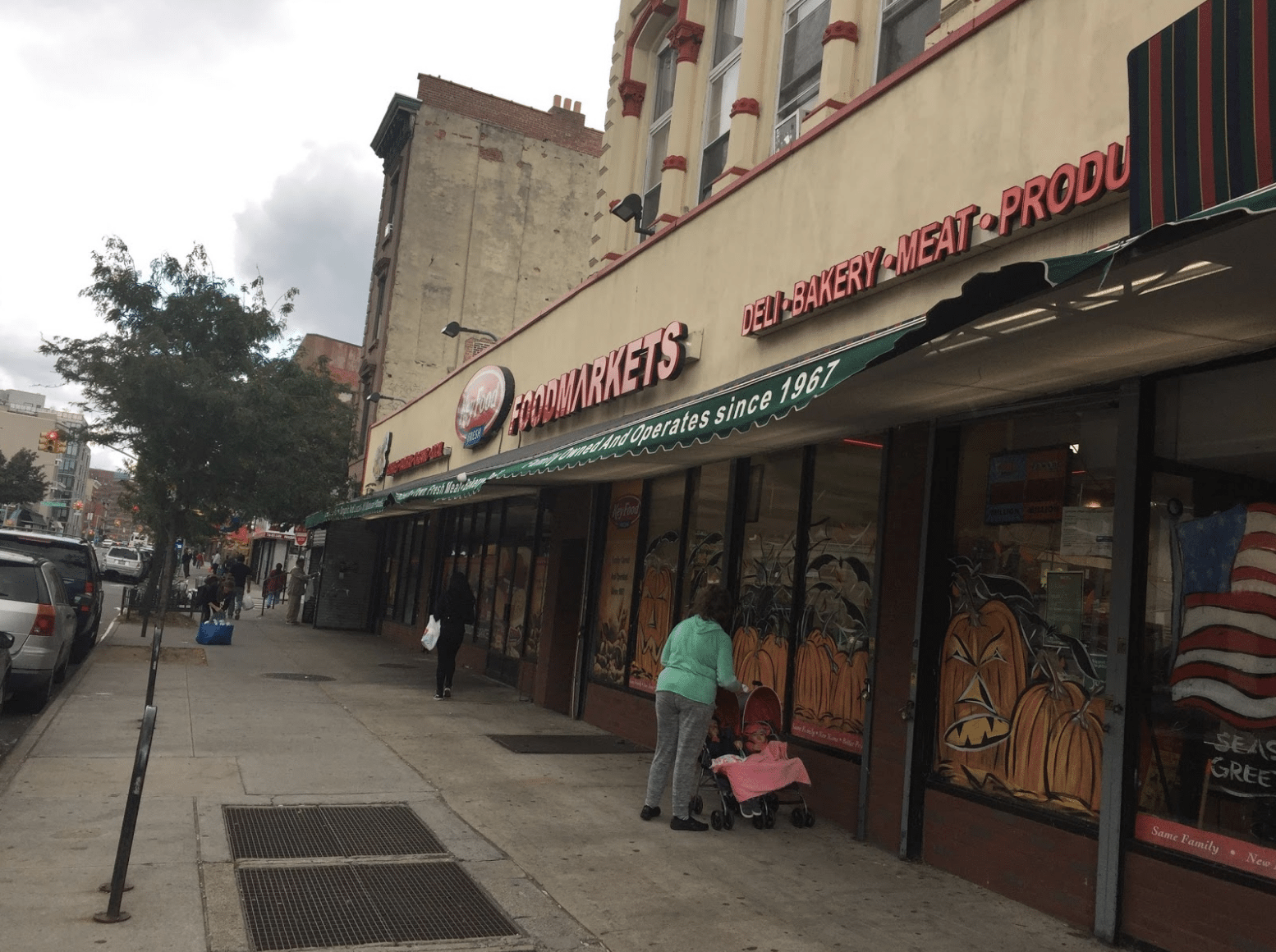
“It’s a very natural thing,” Smith said. “I think there should be a law or some type of legislation to protect people from using a power because they’re an employee to stop people from using the bathroom.”

For some of the businesses on Fulton Street, letting people use their bathroom can lead to more problems than it solves. Key Food Manager, Sammy Widdi, said he has found syringes on the bathroom floor. Maria Santiago, Clean Rite manager, said that sometimes people make the laundromat restroom dirtier and that upsets customers. “We have a lady,” Santiago said. “She always asks for bathroom, and before we tell her yes, we let her use, but sometimes she doo-doo the floor really bad so we had to clean.”

Smith said she understands that establishments can’t just let anybody in their bathrooms. But she said she’s concerned with the availability of a public toilet on a busy and active street like Fulton. “Somebody should at least consider a public toilet,” Smith said. “A public toilet that’s outside one of these 24-hour businesses, and all of these businesses put in a dollar or two.”
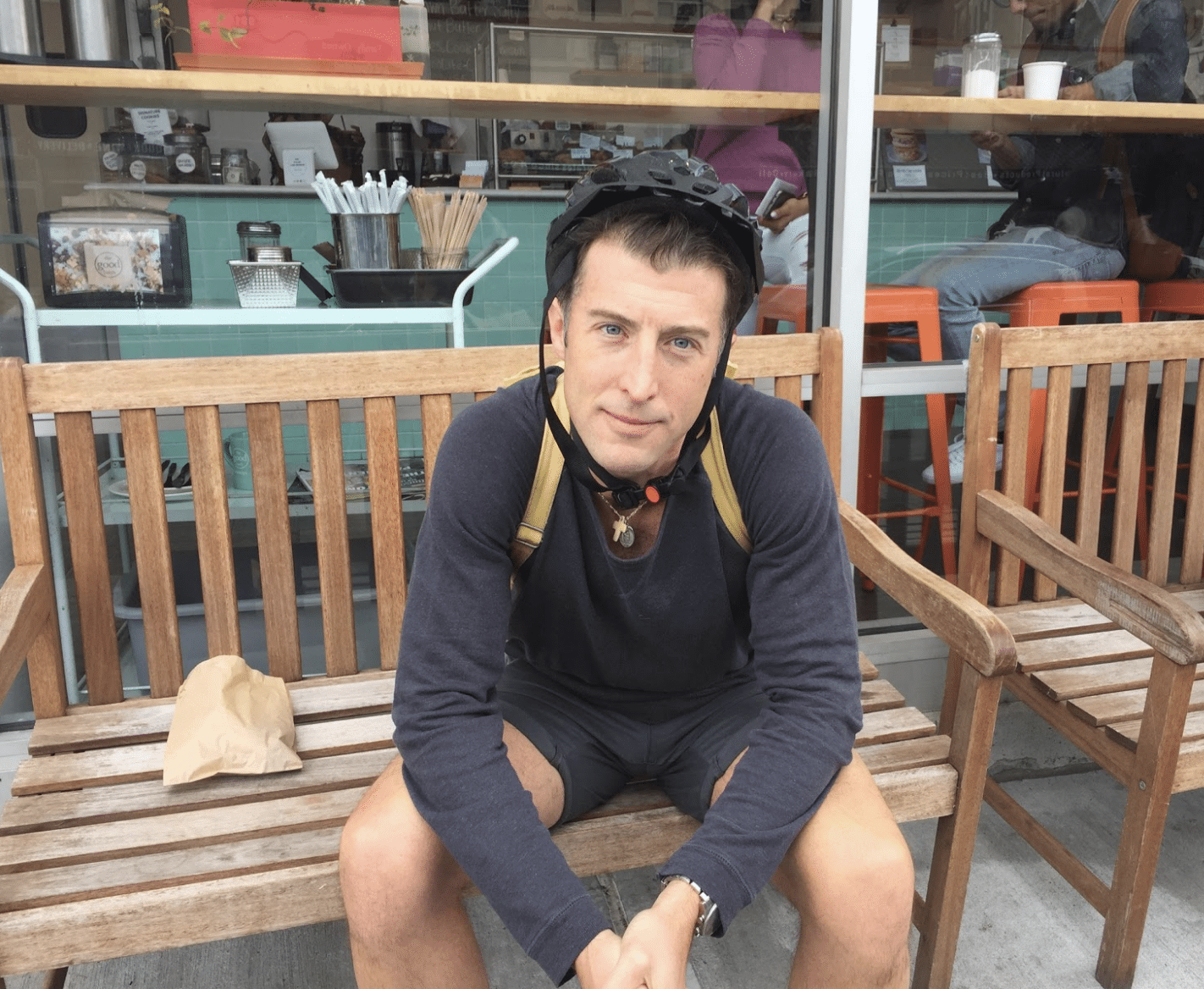
Runner Mark Sneider, agrees with Smith. He said that businesses should not be obligated to give homeless people access to their bathrooms, but part of their taxes should be used to create a separate bathroom. “If it’s just for peeing they should be able to use the port-a-potties and we have port-a-potties available, that’s like the cheapest, easiest way,” Sneider said.
The Department of Transportation has in the past years partnered with a Spanish company called Cemusa to create 20 Automatic Public Toilets in the city. Only five have been installed so far; two are in Manhattan, and there’s one in Queens, Brooklyn and the Bronx. DOT Assistant Press Secretary Lolita Aviles, said the “DOT is looking to expand this program and is currently seeking approvals for more locations throughout the city.”
However, for Smith, a public bathroom should have been a priority. “Humans have to use the bathroom,” she said. “That should be a consideration before the businesses came up.”
Updated 10.23.17: removed the ethnic background of homeless woman as irrelevant to the story.



